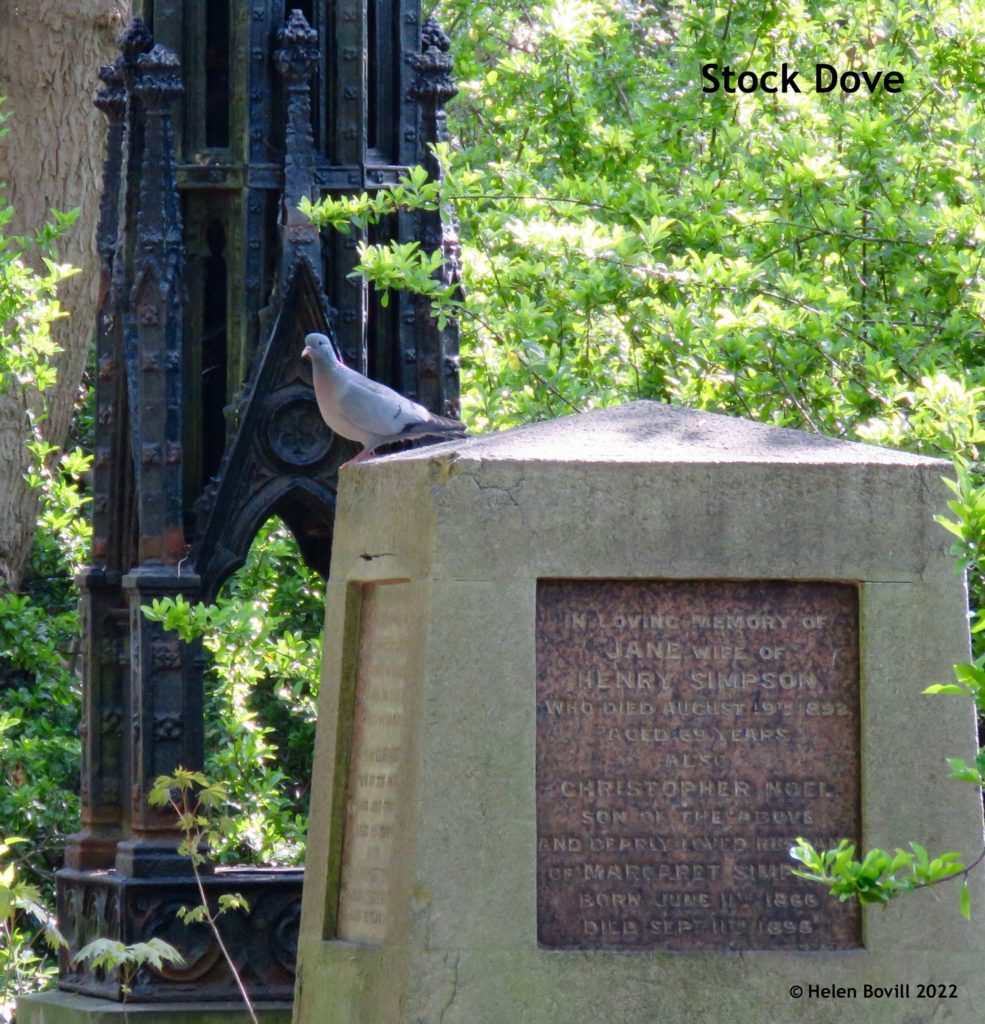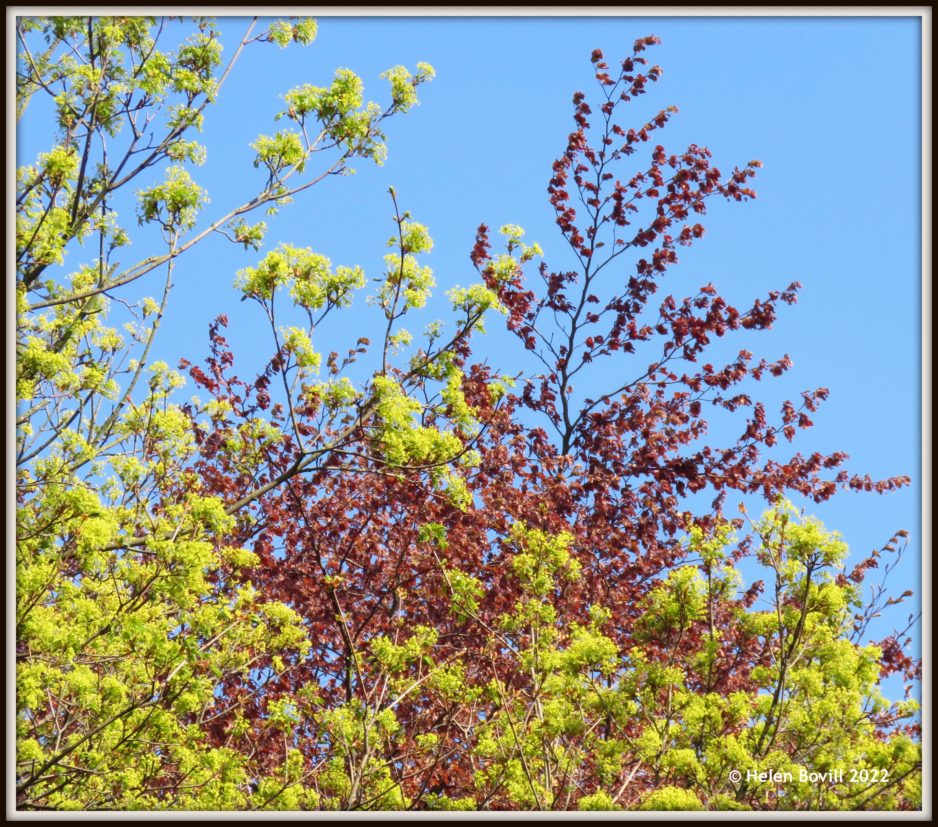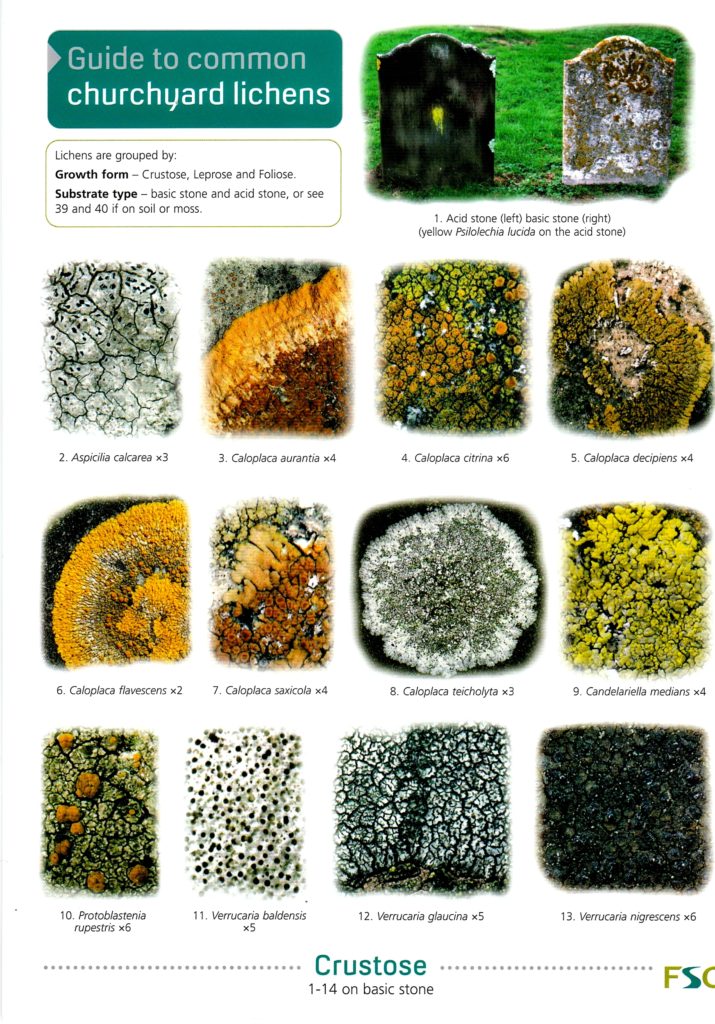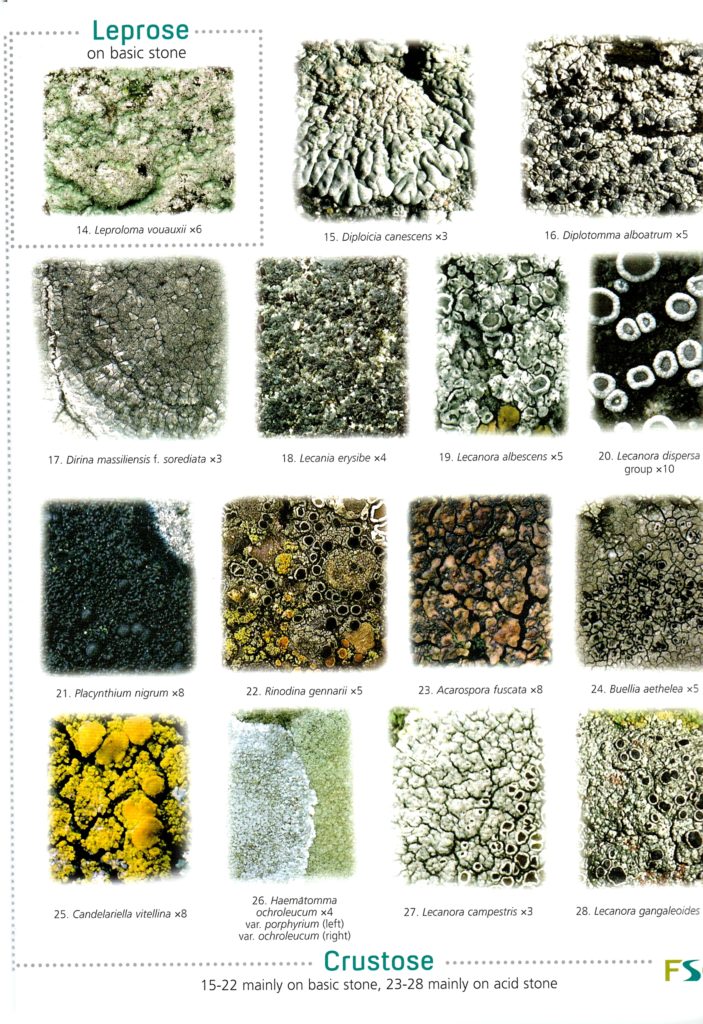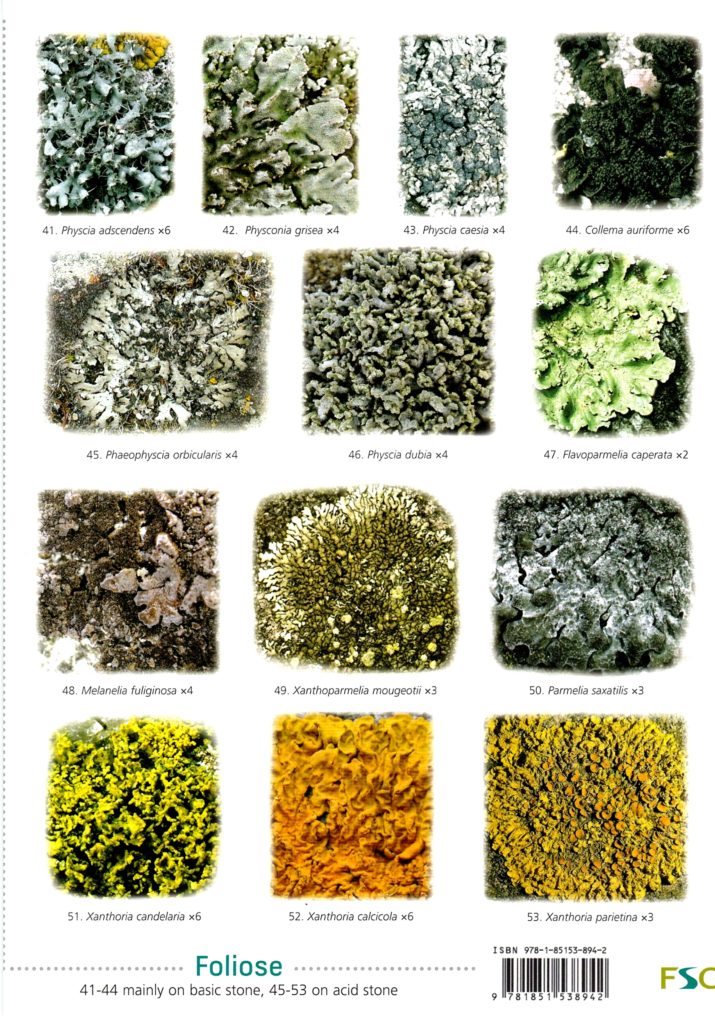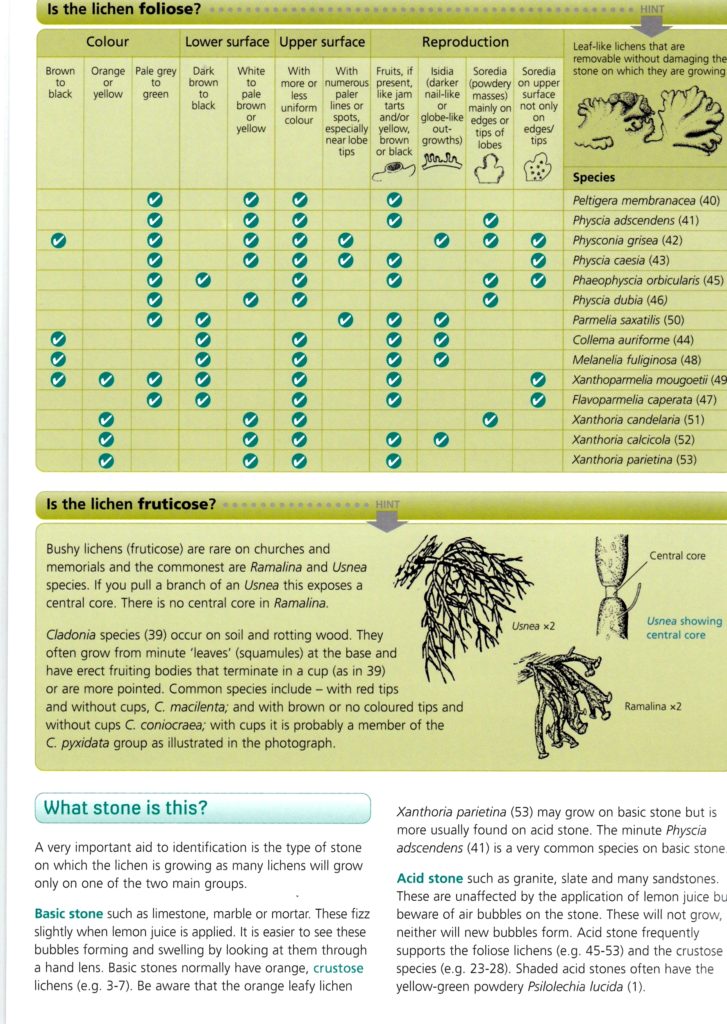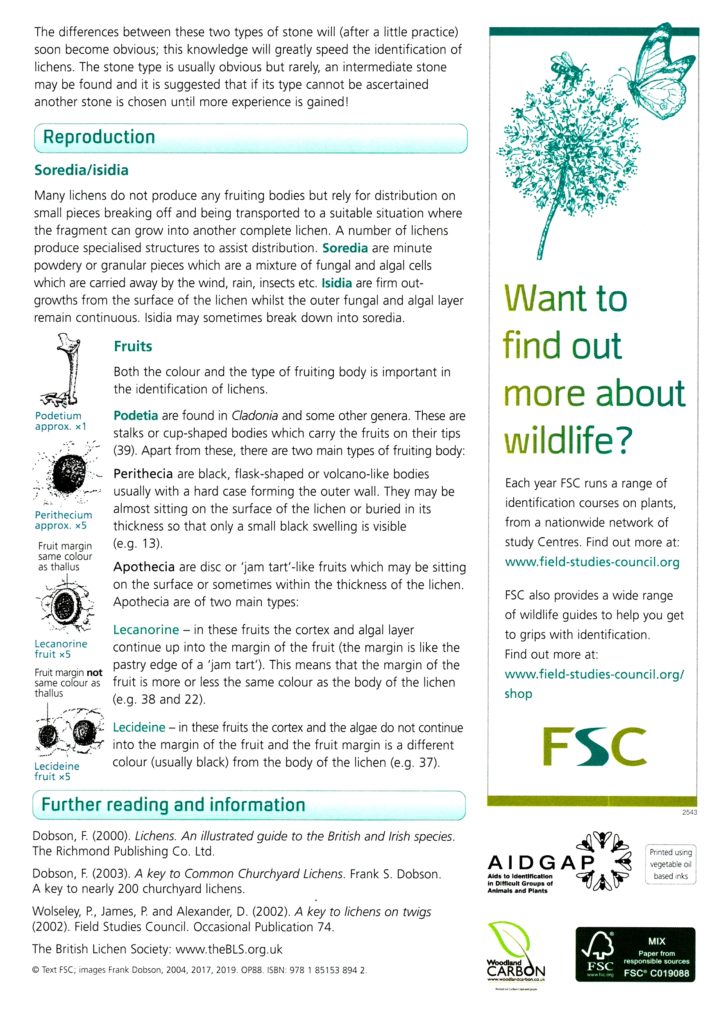CEMETERY WILDLIFE APRIL 2022
We have not had many of those famous April showers! The total rainfall has been much lower than average for the month and the footpaths are therefore dry and easy to walk on. There have been plenty of warm sunny days and the leaves on the trees have started to open. That fresh, bright pale green so characteristic of Spring is everywhere now.
Trees and Plants
The English Oak trees planted by the volunteers last year are doing well, especially the larger of the two.

Alongside the green foliage of most of the trees is the copper colouring of the new leaves on the large Beech tree in the centre of the cemetery. This tree is also known locally as the “Money Tree” and can be seen in my first photo.
Lower down, the Quince is flowering and nearby is some Yellow Archangel, which seems to do quite well in the shade.
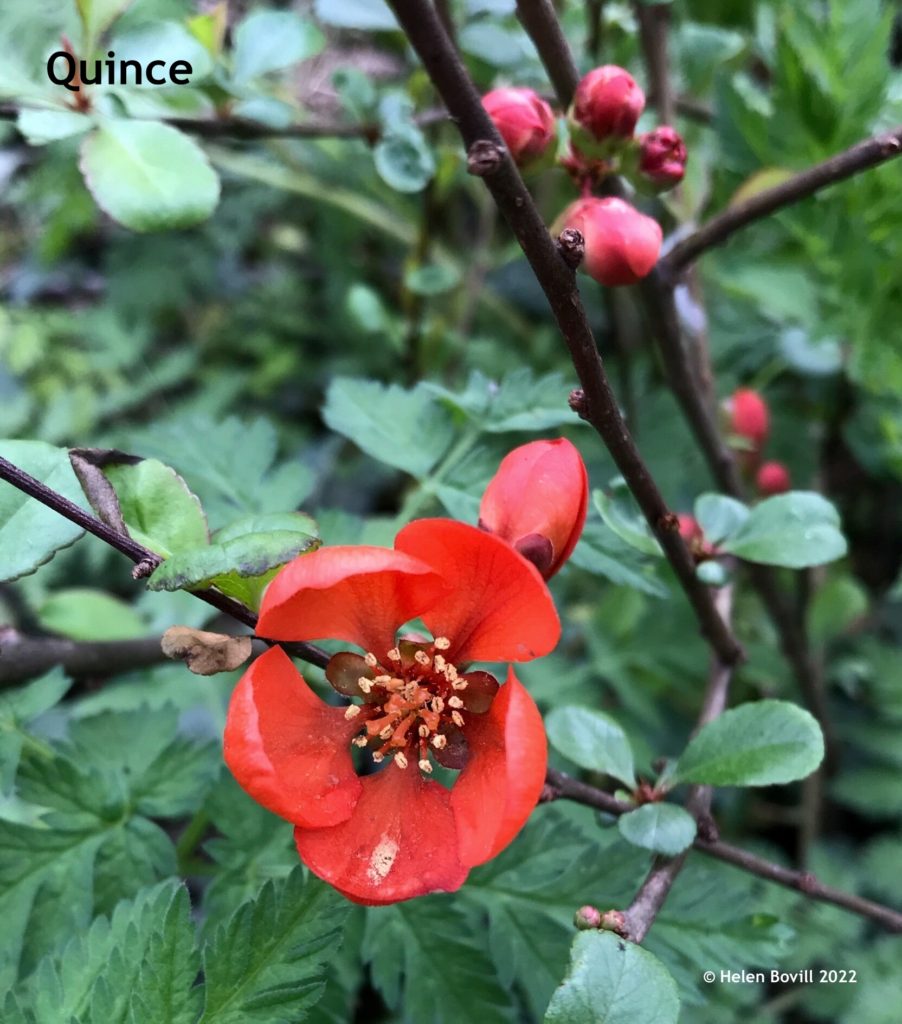
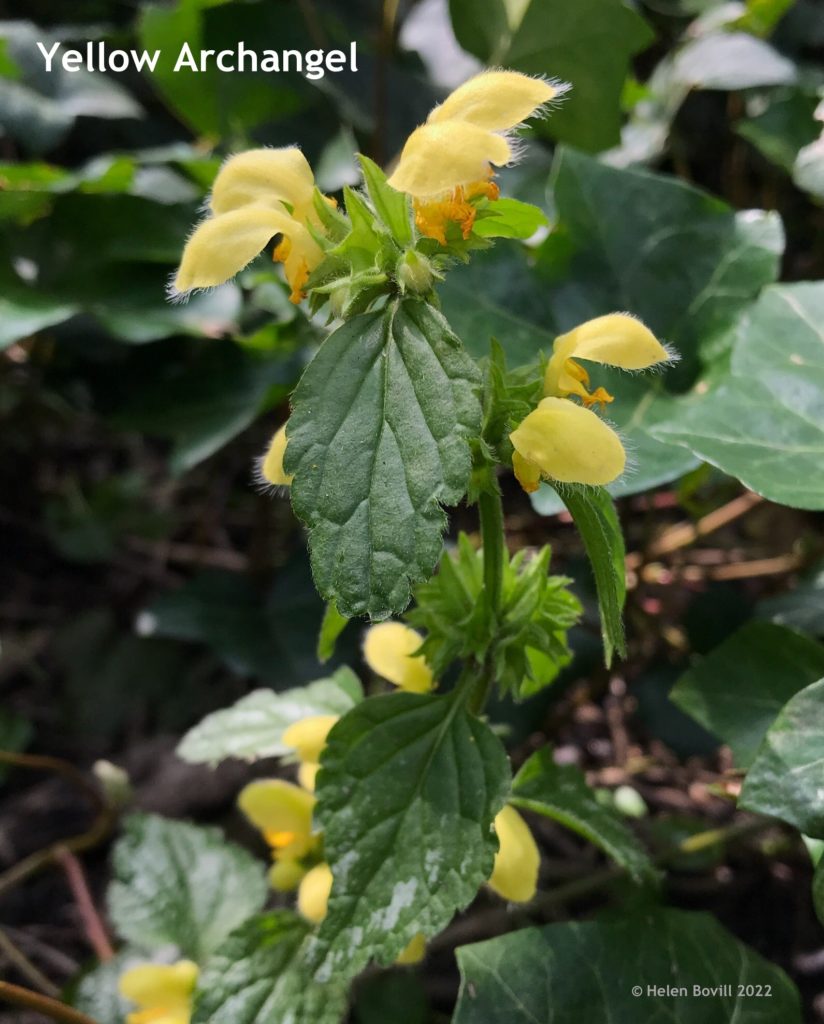
The Lesser Celandines growing on the grass verge have almost finished flowering but they are still going strong inside the cemetery. The tiny blue flowers of the Forget-me-nots and Speedwell can now be seen if you look carefully amongst the other foliage.
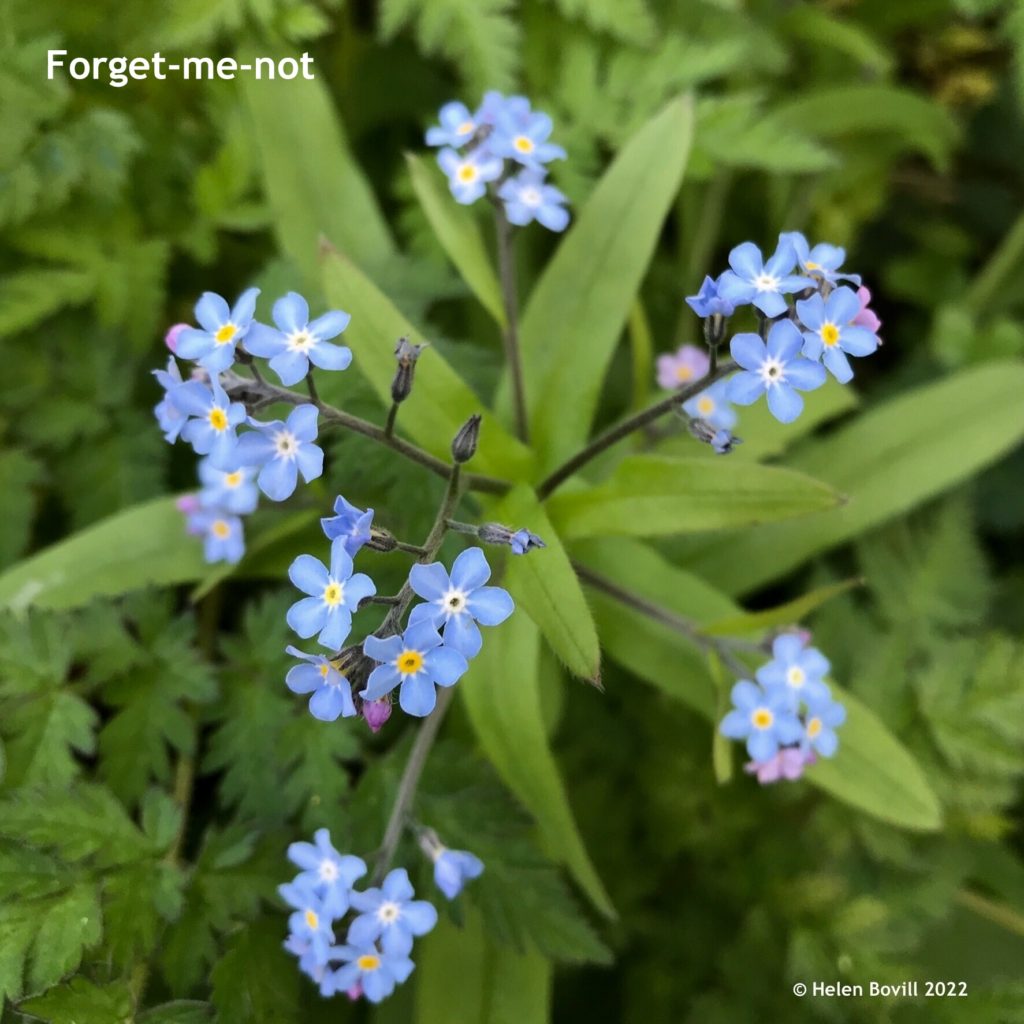
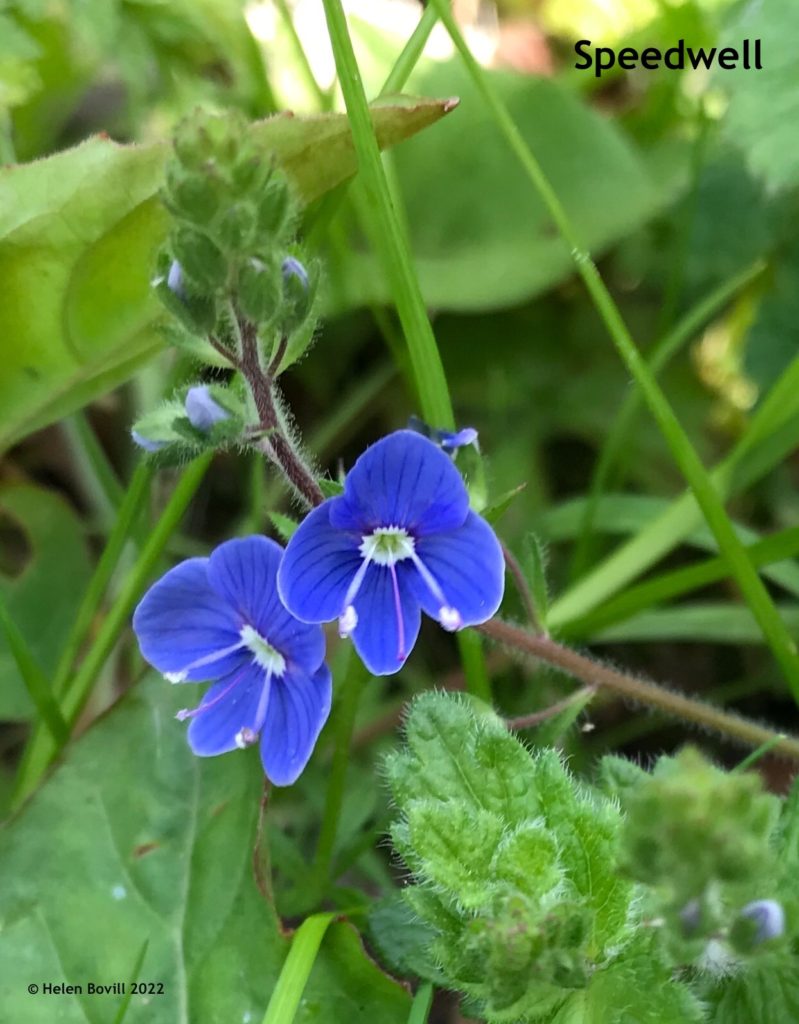
Along the grass verge there is an abundance of Dandelions providing nectar for the Bees, Butterflies and other small insects. The similar-looking Hawks-beard can also be seen.
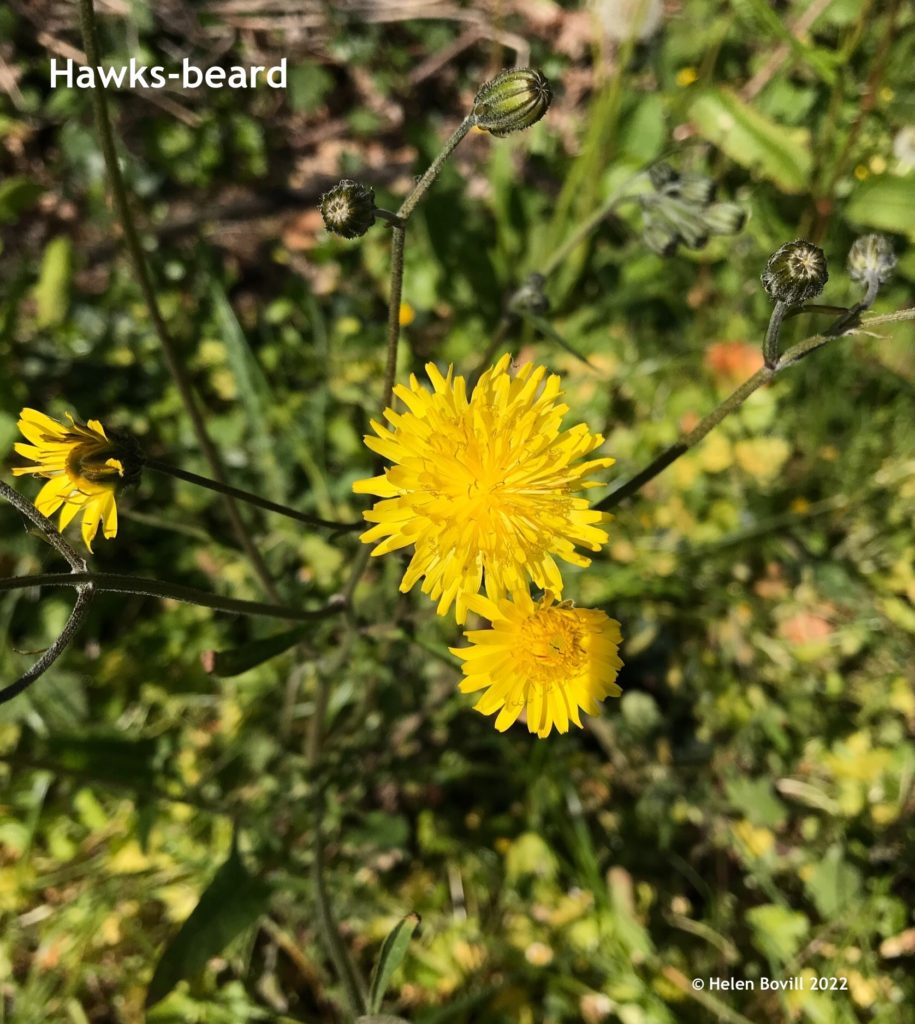
I also found some Ribwort Plantain – the first time I’d noticed any along here.
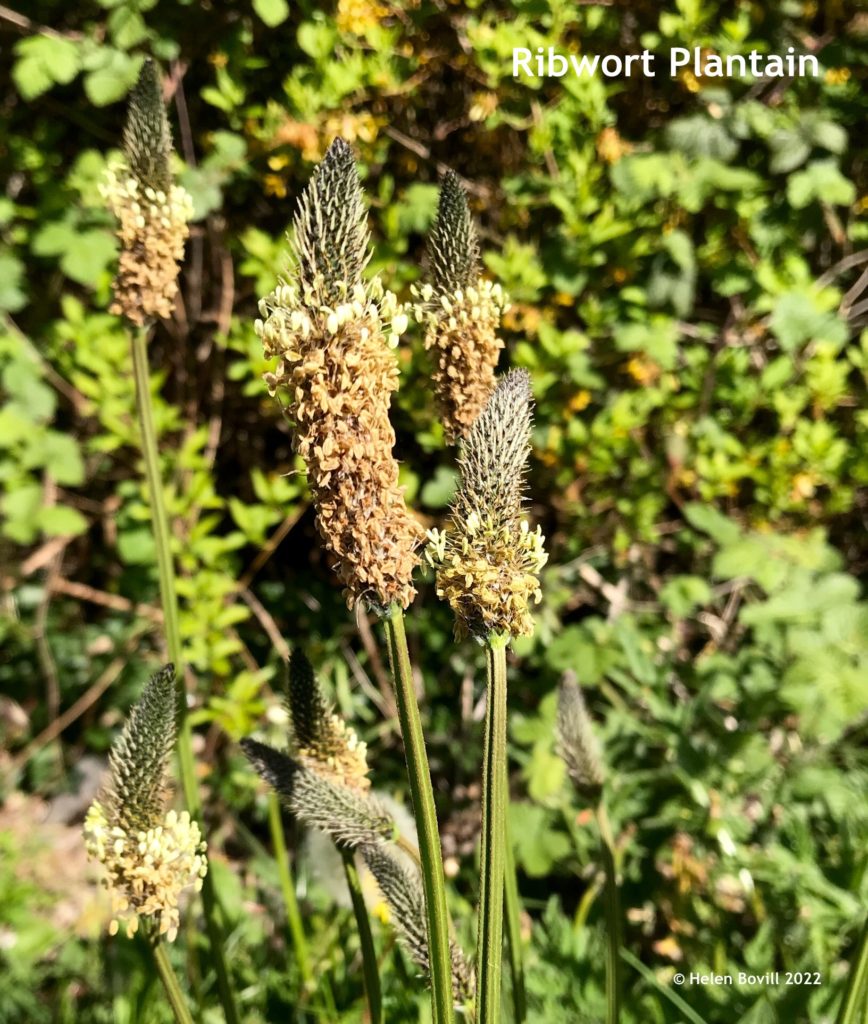
The Bluebells are now starting to flower but I will say more about them next month. It was good to see plenty of Garlic Mustard in flower – another valuable food source for Butterflies, especially the Orange-tip.
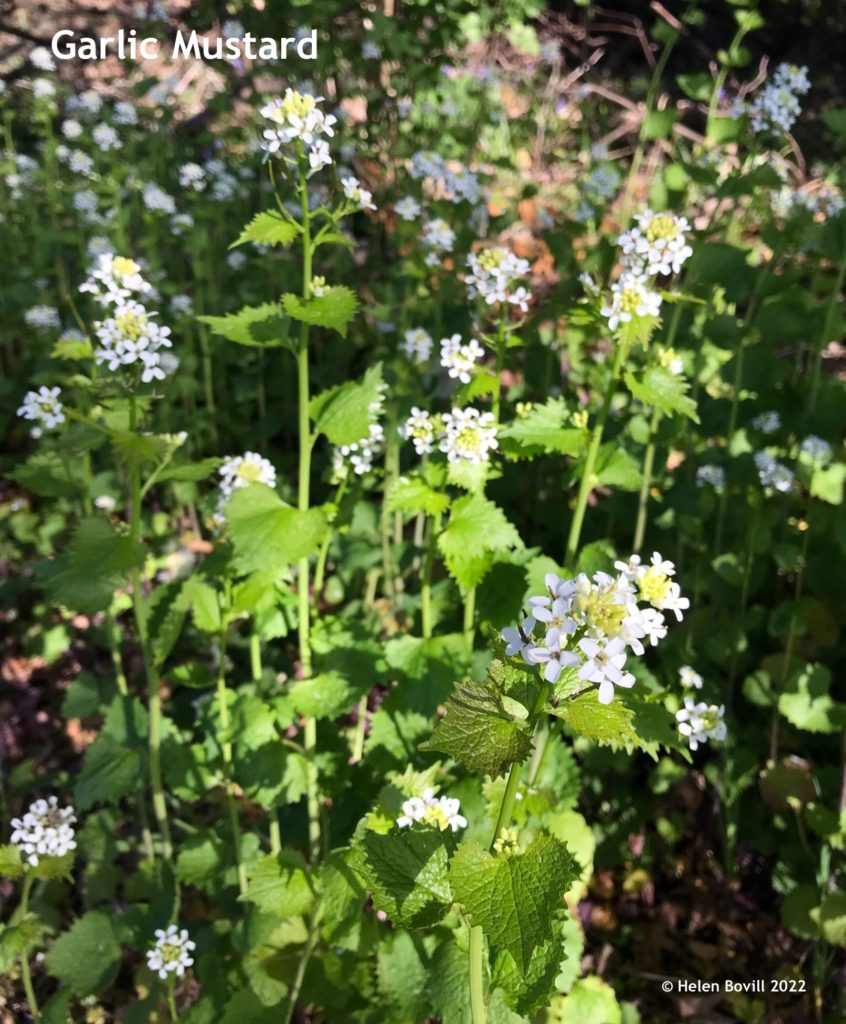
Butterflies and insects
This month I saw quite a few Small and Large White butterflies, and also Comma and Brimstone. I saw my first Orange-tips of the year this month. I also caught a few brief glimpses of my first Green-veined White of the year.
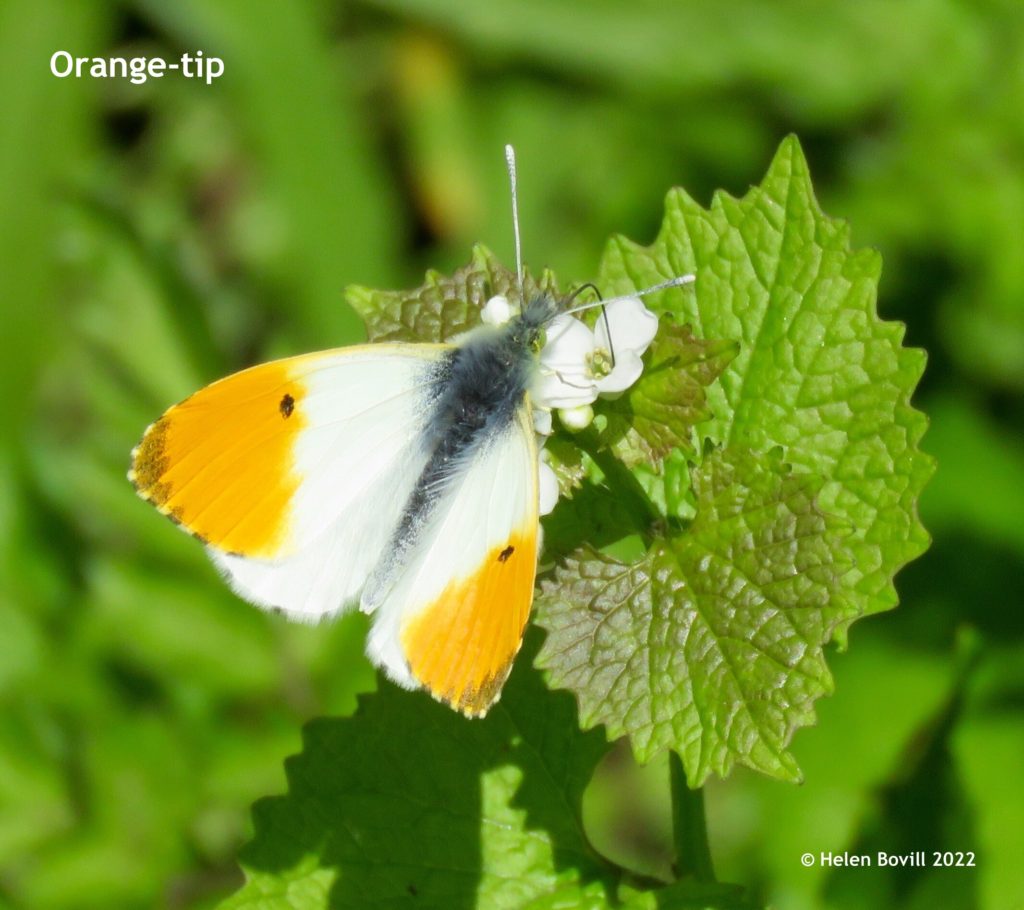

The underside of the Orange-tip’s wings looks green but this is an optical illusion caused by the black and yellow patterning.
This month also saw the first Holly Blues and Speckled Woods of the year appearing in good numbers along the verge and also inside the cemetery.
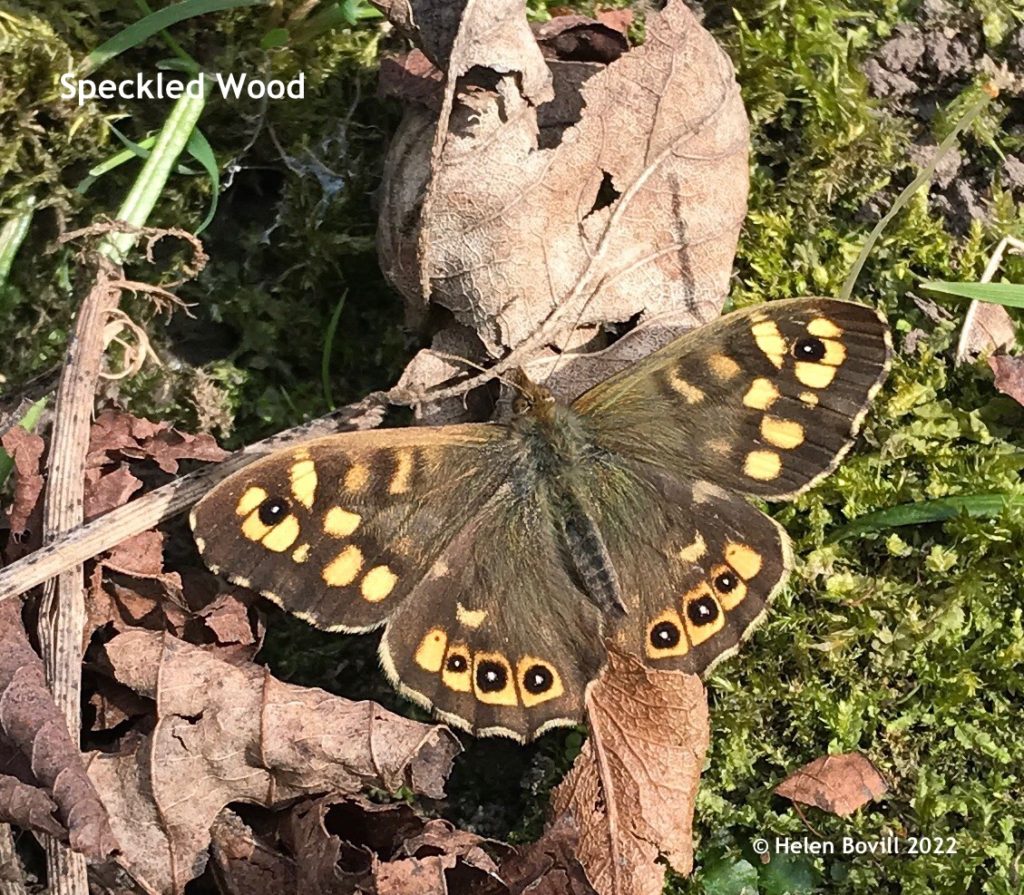
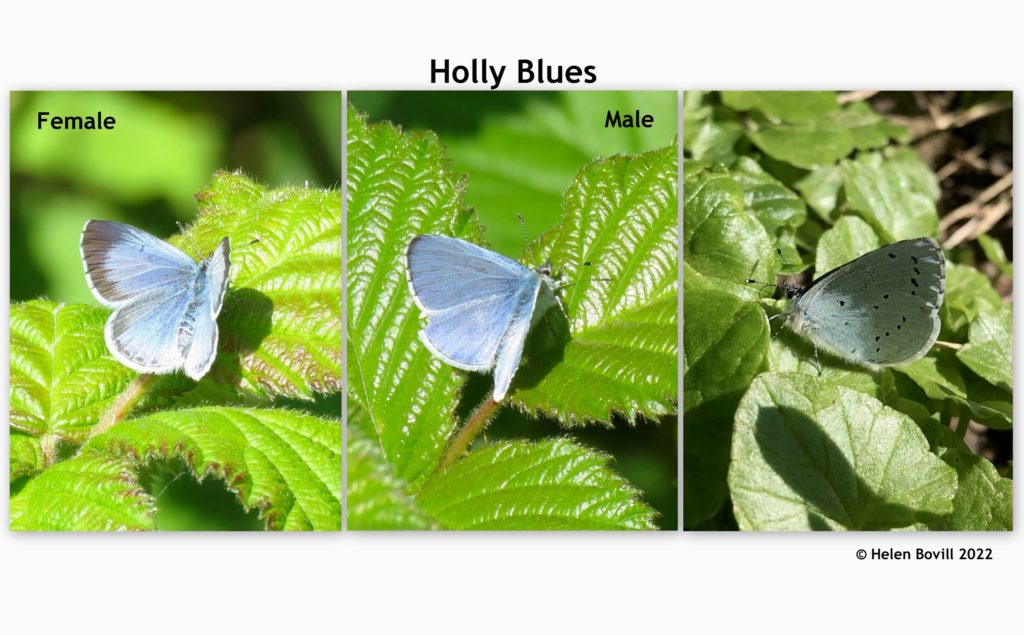
Holly Blues usually rest with their wings not fully open. These photos don’t really do them justice as they’re a much brighter blue than this but blink and you’ll miss them because they’re tiny and fast-flying. Males and females have similar underwings.
Other insects in abundance were Bees, Ladybirds and various flies including the Bee-fly.
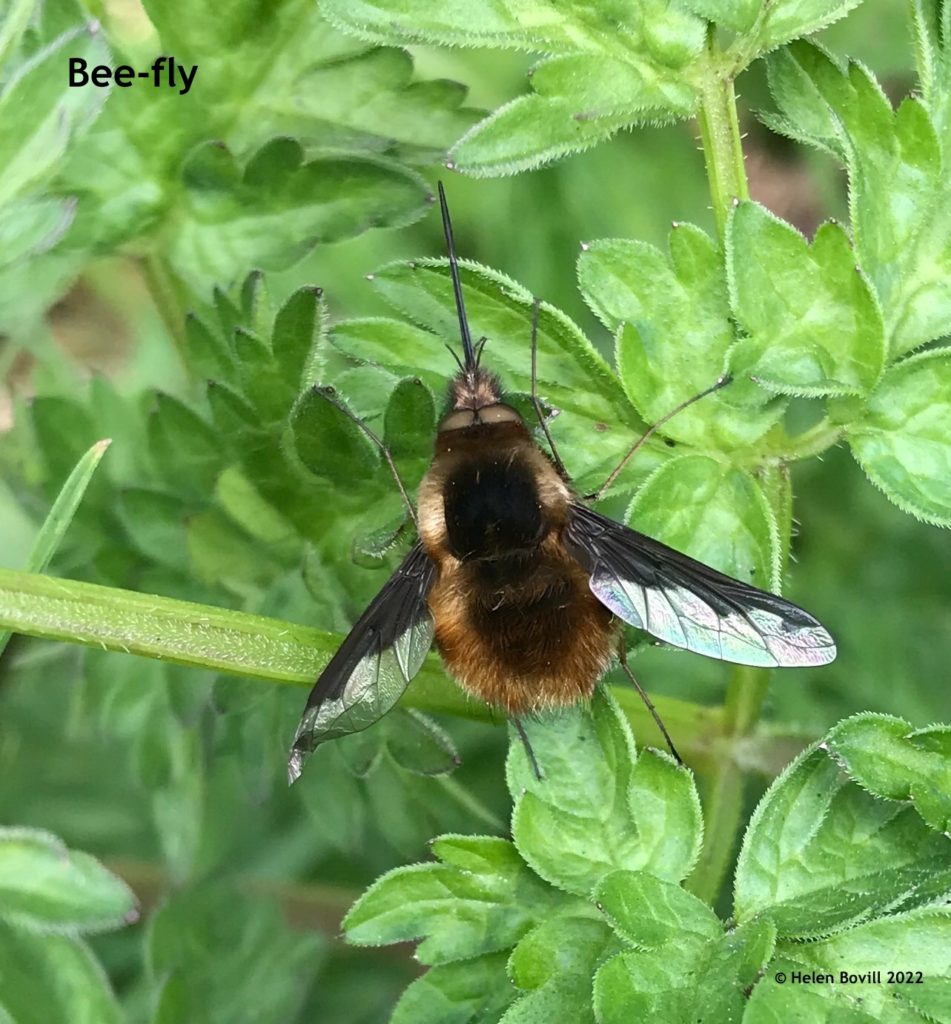
Birds
There are still some berries on the Ivy, providing food for Wood Pigeons, Blackcaps and Blackbirds.

The birds are still busy gathering nesting material. I’ve seen quite a bit of activity around some of the bird boxes with Blue Tits in particular flying in and out of them. The larger birds will make nests of their own in the trees and bushes.
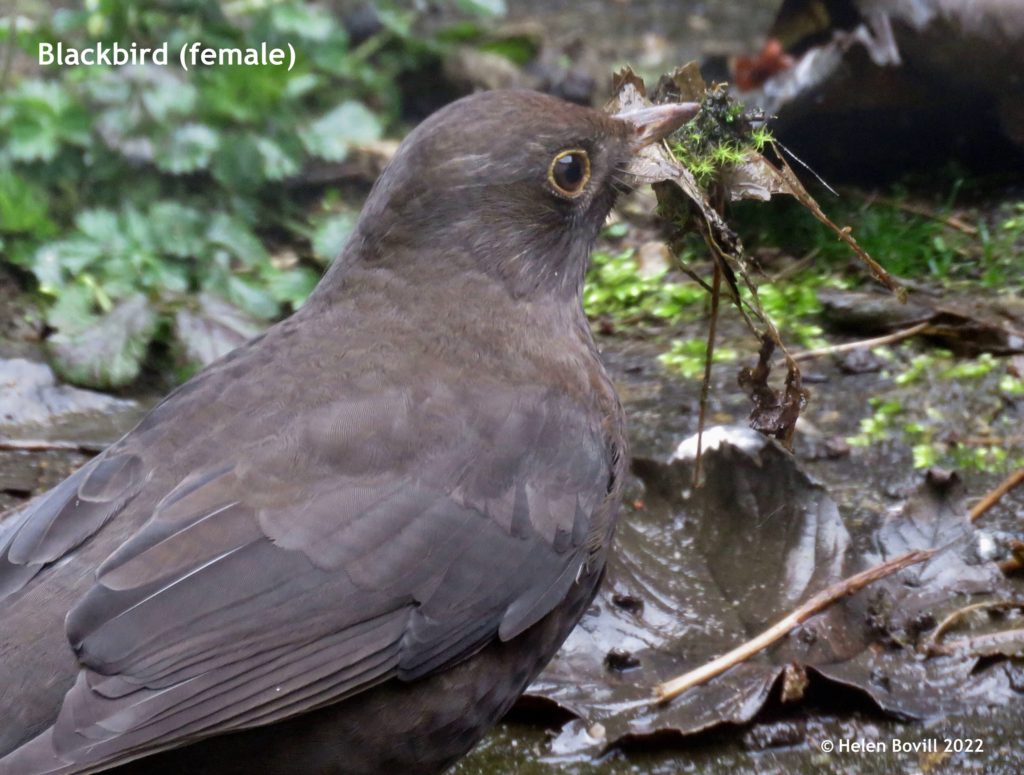
The Chiffchaffs have now arrived but are usually high up in the trees and not very easy to photograph. Their call is loud and distinctive though!
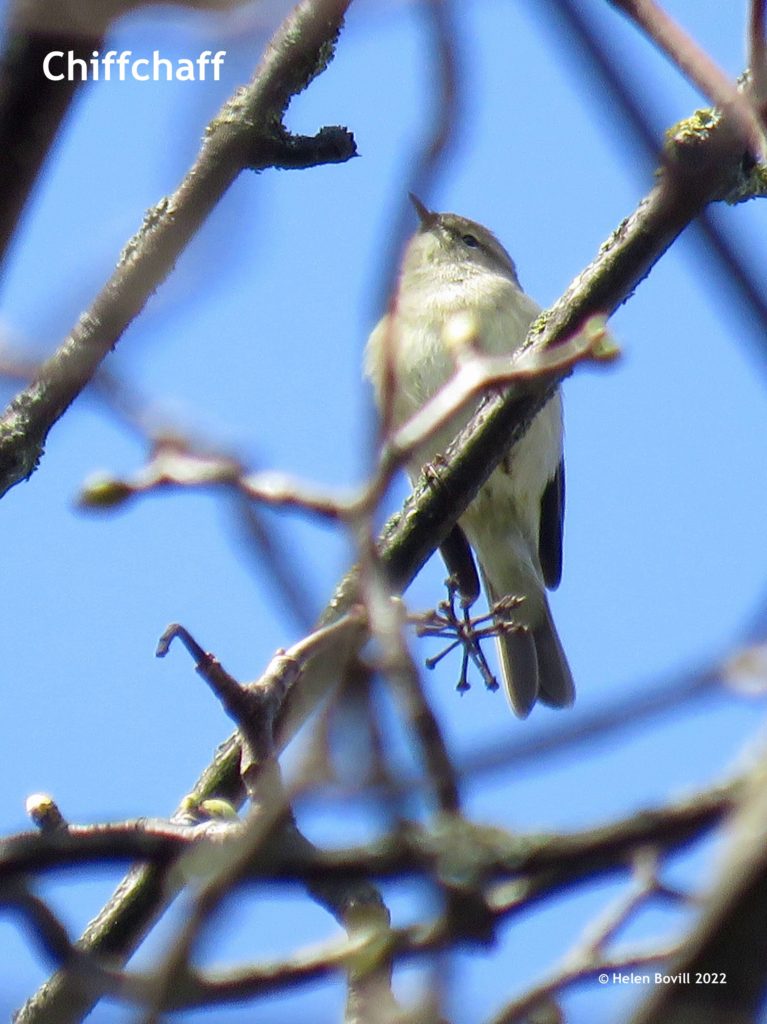
Conclusion
April has been a month of abundance, with an explosion of colour and growth in most of the plants. The number and variety of Butterflies I’ve seen is very encouraging – I’ve seen a total of 10 different species so far this year. Now is the perfect time for a stroll in the cemetery to enjoy the sights and sounds of the cemetery wildlife. You might also enjoy the many monuments too – it seems like the wildlife does! Cemetery Wildlife March 2022
